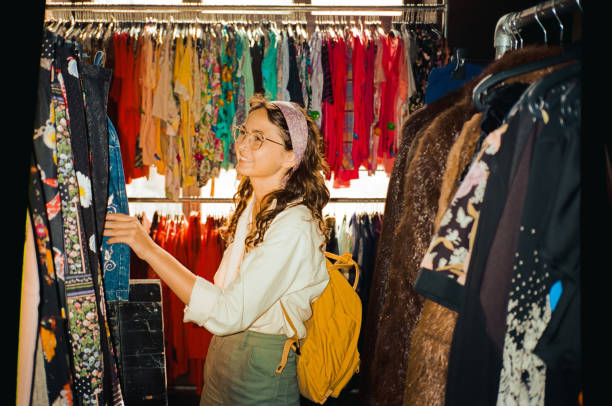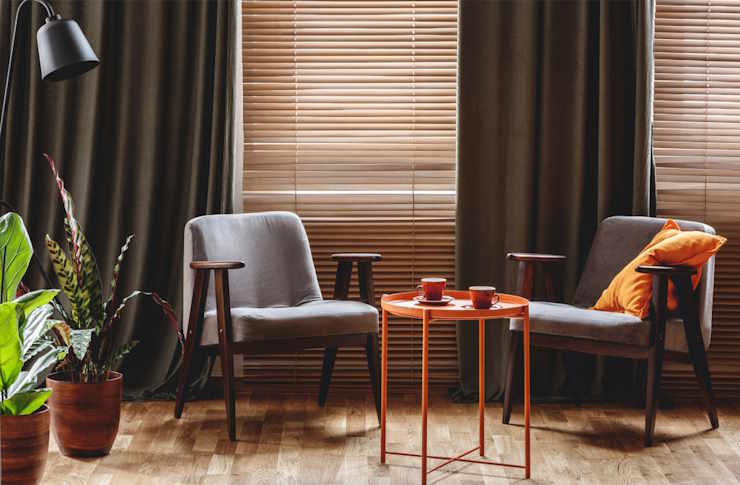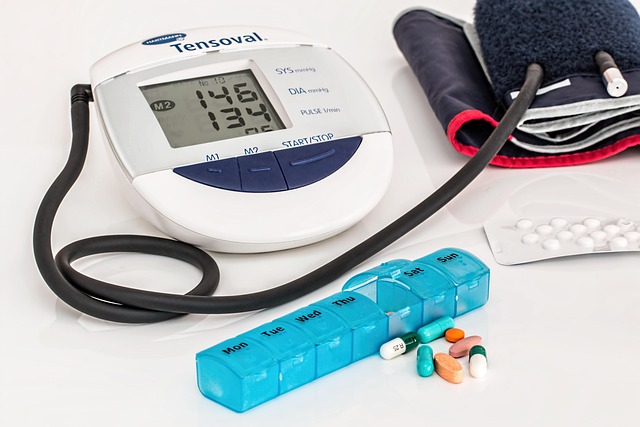Exploring Thrift Stores: How to Find Unique and Affordable Items
Thrift stores offer a wide variety of second-hand items, from clothing and accessories to furniture and collectibles. Shopping second-hand can be budget-friendly, environmentally conscious, and full of surprising finds. Learn how to navigate thrift shops, spot quality pieces, and make the most of each visit, whether you’re looking for everyday essentials or unique treasures.

What Are the Benefits of Shopping at Thrift Stores?
The benefits of shopping at thrift stores extend far beyond simple cost savings. First and foremost, thrift shopping dramatically reduces your environmental footprint by giving pre-owned items a second life, preventing them from ending up in landfills. This circular economy approach helps combat the wasteful nature of fast fashion and excessive consumerism.
Financially, thrift stores offer unparalleled value, with designer items often priced at 10-20% of their original retail cost. Additionally, the treasure hunt aspect of thrift shopping provides a unique retail experience where patience and persistence can lead to discovering rare vintage pieces, collectible items, or high-quality goods that would otherwise be prohibitively expensive.
How Can You Find Quality Second-Hand Items?
Tips for finding quality second-hand items require a strategic approach and keen attention to detail. Start by examining fabric content labels, looking for natural fibers like wool, cotton, and silk, which tend to age better than synthetic materials. Check seams, zippers, and buttons for durability, and inspect clothing for stains, tears, or excessive wear patterns that might not be easily repairable.
Timing plays a crucial role in successful thrift hunting. Visit stores during weekdays when inventory is freshly stocked and competition is minimal. Many experienced thrifters recommend shopping early in the morning or shortly after stores restock their shelves. Don’t overlook items that need minor repairs or alterations, as these can often be fixed inexpensively to create truly unique pieces.
What Are the Most Popular Thrift Store Categories?
Popular thrift store categories span across various departments, each offering distinct opportunities for savvy shoppers. Clothing remains the most sought-after category, particularly vintage and designer pieces from previous decades. Home goods and furniture represent another goldmine, with solid wood furniture, vintage kitchen appliances, and decorative items frequently available at fraction of retail prices.
Books, vinyl records, and media collections often yield surprising discoveries, including rare first editions or out-of-print titles. Electronics, while requiring careful inspection, can provide functional items like cameras, audio equipment, and small appliances. Jewelry and accessories frequently hide valuable pieces, making this category particularly attractive to collectors and fashion enthusiasts.
How Does Sustainable Fashion Connect to Thrift Shopping?
Sustainable fashion and thrift shopping form a powerful partnership in combating the environmental crisis caused by fast fashion. The fashion industry ranks as one of the world’s most polluting sectors, with textile production consuming enormous amounts of water and generating significant chemical waste. By choosing second-hand clothing, consumers actively participate in reducing demand for new production.
Thrift shopping encourages a more mindful approach to fashion consumption, promoting quality over quantity and timeless style over fleeting trends. This shift toward sustainable fashion practices helps preserve natural resources while supporting local charitable organizations that often operate thrift stores as fundraising mechanisms for community programs.
How Can You Spot Valuable Finds in Thrift Shops?
Learning how to spot valuable finds in thrift shops requires developing an eye for quality markers and understanding market values. Research designer labels, vintage brands, and collectible manufacturers before shopping to recognize potentially valuable items. Look for hallmarks on jewelry, designer signatures on artwork, and manufacturer stamps on furniture or ceramics.
Technology can be your ally in identifying valuable finds. Use smartphone apps to quickly research prices and authenticate items while shopping. Pay attention to construction quality, unusual or unique features, and items from specific time periods that have gained collector interest. Remember that condition significantly impacts value, so factor restoration costs into your assessment of potential purchases.
| Item Category | Typical Thrift Price Range | Retail Comparison | Potential Savings |
|---|---|---|---|
| Designer Clothing | $5-25 | $100-500 | 80-95% |
| Vintage Furniture | $20-150 | $200-1,500 | 75-90% |
| Books | $1-5 | $15-30 | 70-85% |
| Kitchen Appliances | $10-40 | $50-300 | 60-80% |
| Jewelry | $2-50 | $50-500 | 85-95% |
Prices, rates, or cost estimates mentioned in this article are based on the latest available information but may change over time. Independent research is advised before making financial decisions.
Thrift store shopping represents more than just a budget-friendly alternative to traditional retail; it embodies a sustainable lifestyle choice that benefits both your wallet and the environment. Success in thrift shopping comes from patience, knowledge, and regular visits to local stores in your area. As the second-hand market continues to grow and gain mainstream acceptance, thrift stores remain treasure troves of unique finds waiting to be discovered by discerning shoppers who appreciate quality, history, and exceptional value.






